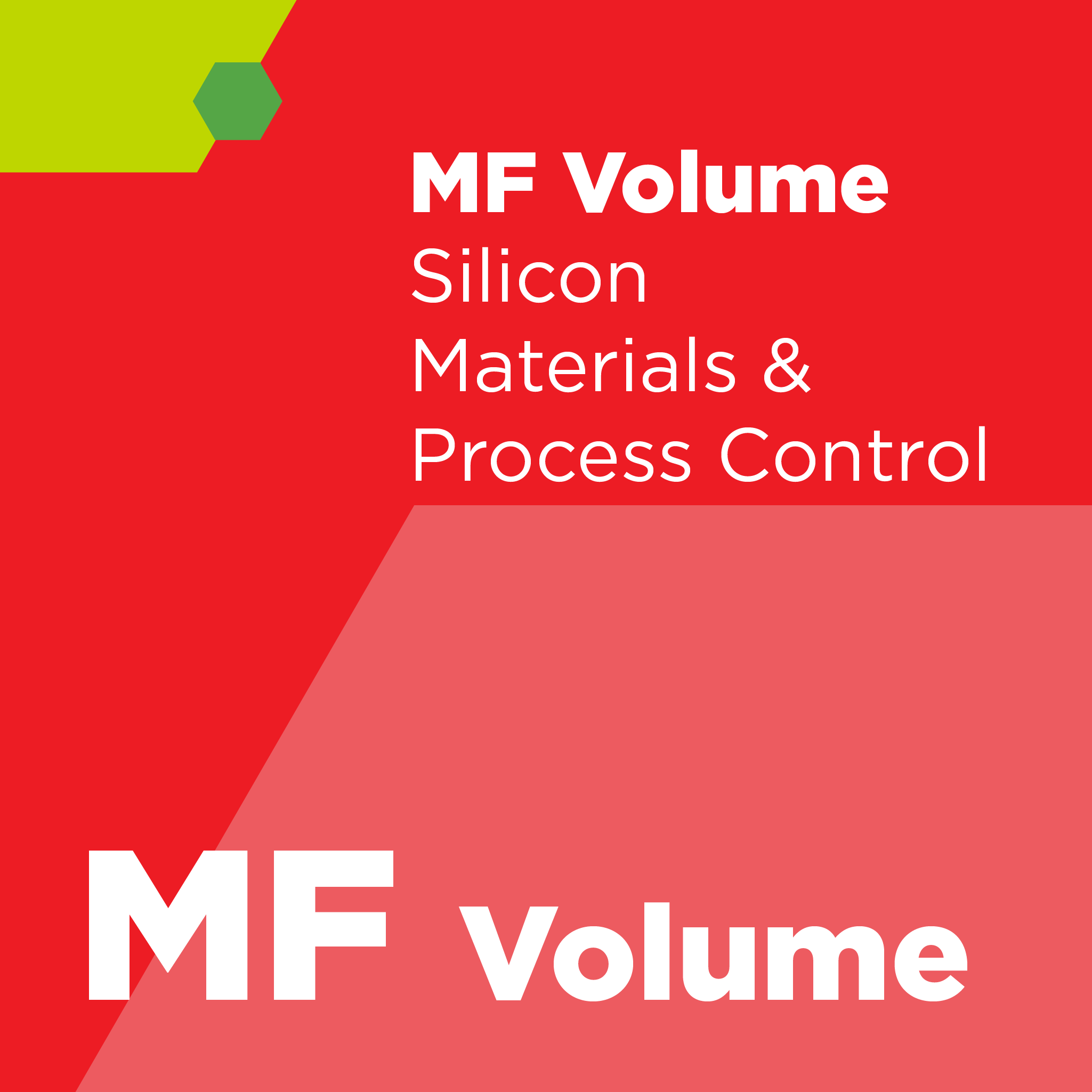
SEMI MF1809 - Guide for Selection and Use of Etching Solutions to Delineate Structural Defects in Silicon -
Abstract
NOTICE: This Document was reapproved with minor editorial
changes.
Structural defects formed in the bulk of a silicon wafer
during its growth or induced by electronic device processing can affect the
performance of the circuitry fabricated on that wafer. These defects take the
form of dislocations, slip, stacking faults, shallow pits, or precipitates.
The exposure of the various defects found on or in a
silicon wafer is often the first critical step in evaluating wafer quality or
initiating failure analysis of an errant device structure. Etching often
accomplishes this task. This Guide provides information on the selection and
application of appropriate etching solutions.
This Guide covers the formulation, selection, and use of
chemical solutions developed to reveal structural defects in silicon wafers.
Sample preparation, temperature control, etching technique,
and choice of etchant are all key factors in the successful use of an etching
method. This Guide provides information for several etching solutions and
provides guidance for the user to select according to the need. Illustrations
of results obtained with these etching solutions are provided in Figures 1
through 32.
This
Guide is intended for use with other practices and test methods. SEMI MF1725
and SEMI MF1726 are practices for analysis of crystallographic perfection of
silicon ingots and wafers, respectively, utilizing etching solutions found in
this Guide, and followed by counting in accordance with the Test Method SEMI
MF1810. SEMI MF1727 defines the procedures for oxidation of the wafer
prior to etching, if that is required to expose the defect structures of
interest. JIS H 0609 is a test method that covers the entire process of
determining crystalline defects in silicon wafers.
Both this Guide and JIS H 0609 emphasize the use of etching
solutions that do not contain chromic acid, which is biologically and ecologically
very hazardous. Because of the hazardous nature of chrome containing etchants,
the use of chromic acid containing etchants is prohibited in some jurisdictions
located in various parts of the world.
Referenced SEMI Standards (purchase separately)
SEMI C18 — Specification for Acetic Acid
SEMI C28 — Specification for Hydrofluoric Acid
SEMI C35 — Specification and Guide for Nitric Acid
SEMI M59 — Terminology for Silicon Technology
SEMI MF523 — Practice for Unaided Visual Inspection of
Polished Silicon Wafer Surfaces
SEMI MF1725 — Practice for Analysis of Crystallographic
Perfection of Silicon Ingots
SEMI MF1726 — Practice for Analysis of Crystallographic
Perfection of Silicon Wafers
SEMI MF1727 — Practice for Detection of Oxidation Induced
Defects in Polished Silicon Wafers
SEMI MF1810 — Test Method for Counting Preferentially
Etched or Decorated Surface Defects in Silicon Wafers
Revision History
SEMI MF1809-1110 (Reapproved 0222)
SEMI MF1809-1110 (Reapproved 1115)
SEMI MF1809-1110 (technical revision)
SEMI MF1809-0704 (technical revision)
SEMI MF1809-02 (first SEMI publication)
 |
Interested in purchasing additional SEMI Standards? Consider SEMIViews, an online portal with access to over 1000 Standards. |
Refund Policy: Due to the nature of our products, SEMI has a no refund/no exchange policy. Please make sure that you have reviewed your order prior to finalizing your purchase. All sales are final.

This product has no reviews yet.